Introduction
Back in 2018 I made a memorable trip up to the far northwest of Scotland to an area called “Assynt”. This is a remarkable part of the world. It is quite remote, with only a few scattered settlements, but full of epic mountains, spectacular coastlines and deep lochs. It was an ideal opportunity to do an in-depth field test of my Leica CL with the 18-56 and 55-135 lenses.
Part Two in the series of testing the Leica CL in Scotland
“Field Testing” was written in 2018 and continues Andrew’s journey through northwest Scotland withe a Leica CL. It predates both the arrival of the M11 and the demise of the much-loved CL. In retrospect it makes a strong case for APS-C having a place in the Leica range.
In the teeth of a gale
Continuing this field testing of the Leica CL, today saw a trip up to Garvie Bay and Achnahaird. The weather was poor, which is an understatement. The cottage was surely going to be ripped from its foundations last night as gales and heavy rain blew in, rapidly getting rid of the snow that came in blizzards yesterday. Changeable is the key word for the weather up here.
Garvie Bay was a new location for me. Having scoured OS maps and Google Earth, it looked like a 700m walk would take us from the road to the shoreline. With no idea what to expect, we sloshed and splashed through soaking bogland and were delighted with what was at the end of our soggy walk. Garvie Bay is rather like Yesnaby in Orkney. Its finely stratified sandstone results in excellent cliffs full of faults and cracks. The sea exploits these weaknesses to make stacks and gaps in the cliffs through which the sea smashes upwards.
A soggy trek to capture the drama
The scene was quite well suited to the soft light. In between getting rained and snowed and hailed on, we managed to scuttle about to fairly good effect. If you’re going up this way, it is worth the slog in the bog to get to this spot.
Onto the field testing of the Leica CL. Today I’m going to talk about the handling dynamics of the camera. Firstly, I should point out that you don’t feel “at one” with the CL in comparison to the Leica M10. The beauty of the M-series cameras is the seemingly direct mechanical connection you have with the inner workings of the camera.
In reality, only the aperture ring on an M lens has any direct mechanical function. The shutter speed and ISO dials are just electronic wheels. But the feel is one of a direct connection because each control has one purpose only – to adjust the ISO, to adjust the shutter speed, or to adjust the aperture.
Important insights from field testing
On the CL it’s a bit different. One moment a wheel is doing exposure compensation. The next moment it is adjusting the shutter speed and then changing the camera mode. Another is changing lens aperture, then it’s doing exposure compensation, then ISO.
I think this is the main difference between the usability and “bonding” of the M-series cameras versus many others out there in the market. Personally, I prefer to avoid “soft controls” that are electronically configurable for exposure compensation, ISO, shutter speed and ISO.
That being said, I am learning the ways of the CL. Typically I will have the CL in one of two modes. Either I’ll have it on aperture priority with auto-ISO, in which case the right wheel will control aperture, and the left will control shutter speed. Or I’ll have it in manual mode at a preset ISO suitable for the conditions, and the right wheel does aperture with the left doing shutter speed which is all very intuitive.
Simplicity without tactility
Now I have my head around that setup, it becomes much simpler to use the CL, but there’s no doubt that in this field testing that I don’t feel as “at one” with it as I did with my M10, M240 or M9.
Another thing that would be nice to have on the CL is GPS. Now, a GPS chip is a tiny little thing, consuming very little power these days. With the M10, the camera itself doesn’t have GPS but the boil-like electronic viewfinder add-on does. If you can fit a GPS chip into that, why can’t you put it into a nice camera like the Leica CL? I’d love to have my images tagged with the location – it makes things much easier working out where you’ve been and which shot belongs where.
Harsh conditions for batteries
Anyway, moaning over, let’s look at battery life again. Today was warmer than yesterday – it was 8C versus yesterday’s depths of -9C. And the difference shows in the battery life. Yesterday I got just over 100 shots on a fully charged battery in the freezing cold with lots of live view and leaving the camera to turn itself off after 2 minutes of lack of use. Today I took 138 pictures and still had about 75% battery remaining. So that’s a lesson for all you folks who want to go out in the cold.
There’s nothing like some really intensive use of a camera to “get to know it”. Now I’ve familiarised myself with the controls, I’m now very much enjoying using the CL. It’s a cracking little camera. The 18-56 lens is getting the most use by a long way. It’s a fantastic lens which is as sharp as you like, with a very useful range. I haven’t needed anything wider.
Tomorrow possibly our field testing sees us heading right up to the far far north of Scotland. Or possibly not.
A whole lot of shaking going on
The weather up here in north west Scotland is quite bonkers. I was woken by the house physically shaking as 80mph winds flew in from the Atlantic. I’ve never been in a house that shakes before, so it was quite a revelation. Luckily it wasn’t much colder (3C) otherwise we’d have been in blizzard territory again.
Today the mission was to head to the very north of Scotland to visit some abandoned lime kilns in the middle of nowhere. On the way up we stopped at Oldshoremore, which is a tiny hamlet and an amazing beach. The 80mph winds hadn’t abated, so I decided to make a feature of the way that they blew the long grasses that were a major feature of the dunes that led up to the beach. Sometimes it’s good to turn 180 degrees to the “obvious” shot (beach, waves, rocks) and get something a bit different.
Asides from struggling to stand up in the high winds, it was a gorgeous location and absolutely deserted apart from Gordon and myself.
Field testing in bad weather
Anyhow, back to the Leica CL. I’m not changing lenses very much because the 18-56 zoom is so flexible. I have only used the 55-135 very occasionally. As a result, the I’m finding no sensor dust issues. My M10 used to be a bit of a dust magnet, which was probably due to the fact that, when using primes, you tend to change lenses very frequently. I’ve had the 18-56 on the camera pretty much all the time so lens swapping has been minimal and sensor dust is non-existent.
You’ll have seen some annoying aspects of the CL in the previous episode of this field test, and I’m not hesitant to add some more. I’d really like the shutter button to be threaded so it will accept a cable release.
With the camera mounted on a tripod, and needing to get the timing spot on (e.g. a wave breaking on a rocky shore), it’s simply not good enough to guess things with a 2-second shutter delay, or risk moving things by pressing the shutter release at just the right time.
You could use the app on a smartphone but lets be realistic – nobody can be arsed to get a smartphone out and pair it to the camera and hold it in sea spray in order to get the timing right. It should be pretty simple to have a threaded shutter button.
A challenge keeping the camera level
Another point to moan about is that the inbuilt spirit level is not actually all that accurate. It’s a very handy feature that gets things pretty well level, but it’s not spot on. I have found myself levelling pictures in Lightroom after the fact even though the inbuilt level has lit up green. I’m prepared to forgive this one as, typically, I am completely crap at getting anything level in camera, and the spirit level gets it more-or-less accurate.
So, another day in the dramatic northwest of Scotland. If you haven’t been here, you should come. It’s really amazingly spectacular. The CL continues to be very impressive despite the minor niggles mentioned above. Image quality is amazing, and the 18-56 has been a pretty permanent fixture on the camera. Tomorrow should be a lie-in day with bacon and egg sandwiches, but Friday weather looks more promising with a likely climb up the Quinag range.
Links
Articles from Andrew Tobin on Macfilos:
More about the Leica CL on Macfilos:
Make a donation to help with our running costs
Did you know that Macfilos is run by five photography enthusiasts based in the UK, USA and Europe? We cover all the substantial costs of running the site, and we do not carry advertising because it spoils readers’ enjoyment. Every amount, however small, will be appreciated, and we will write to acknowledge your generosity.

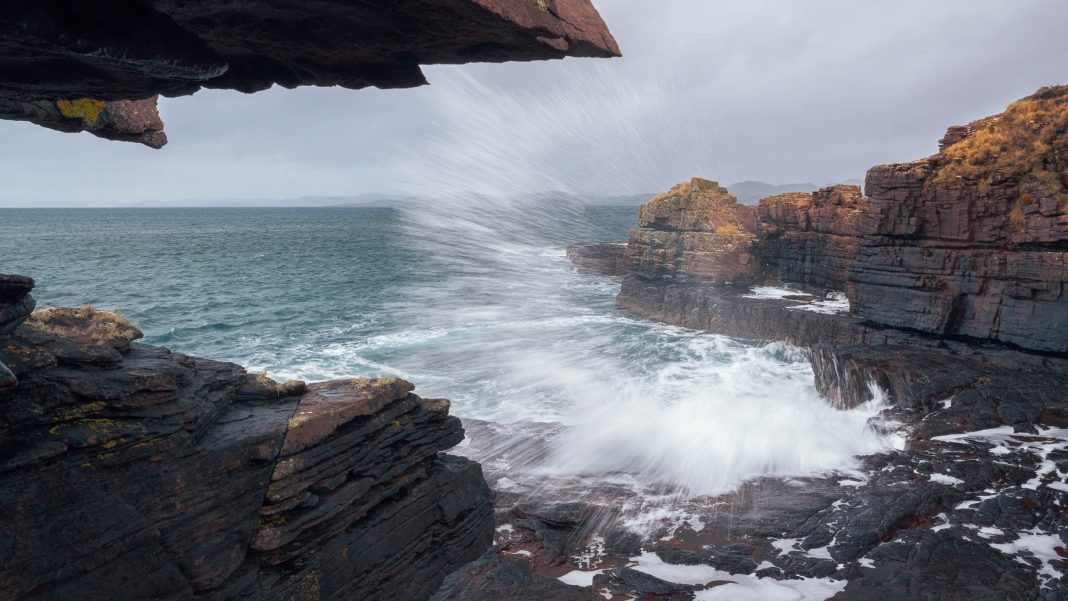
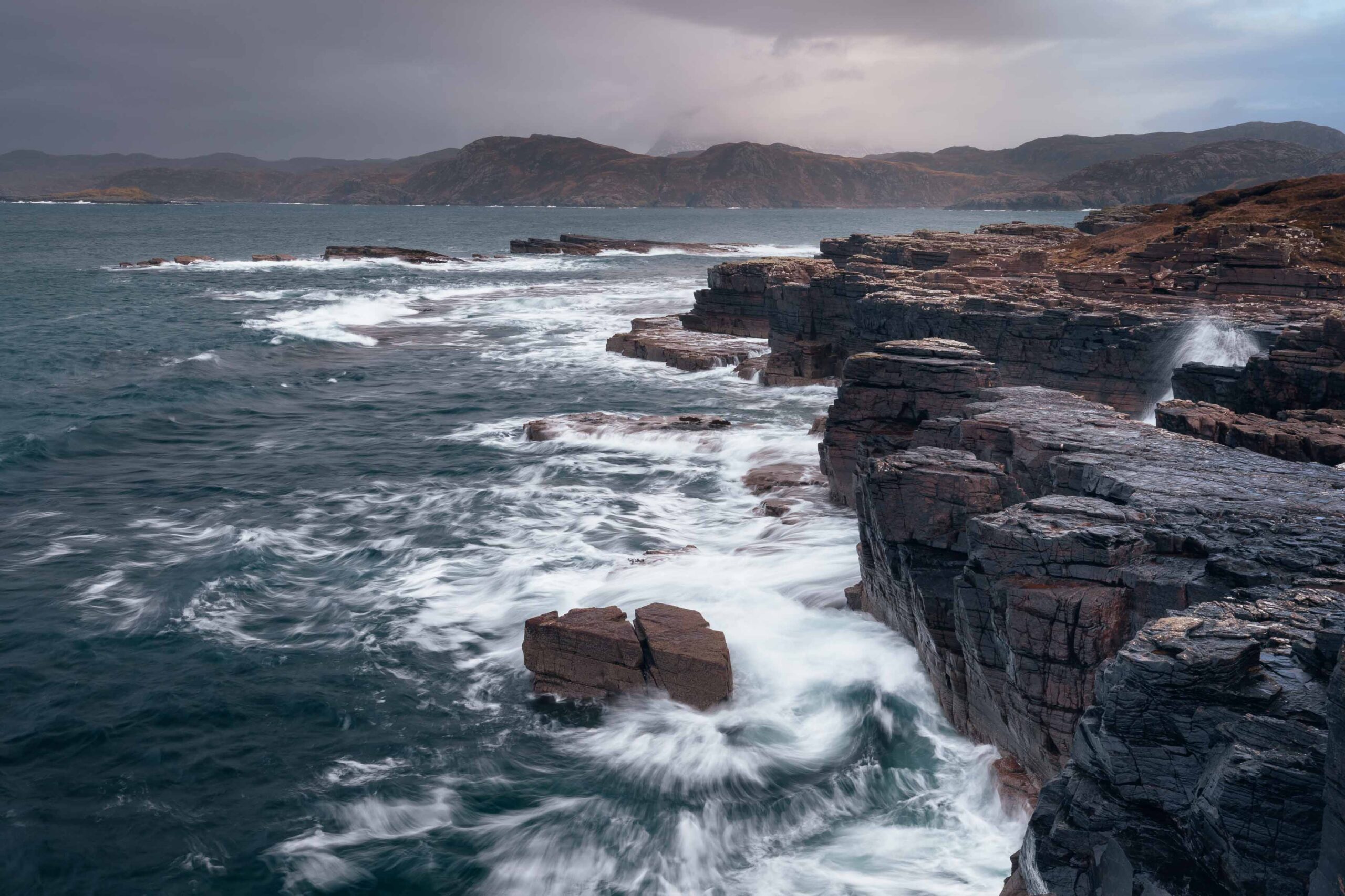
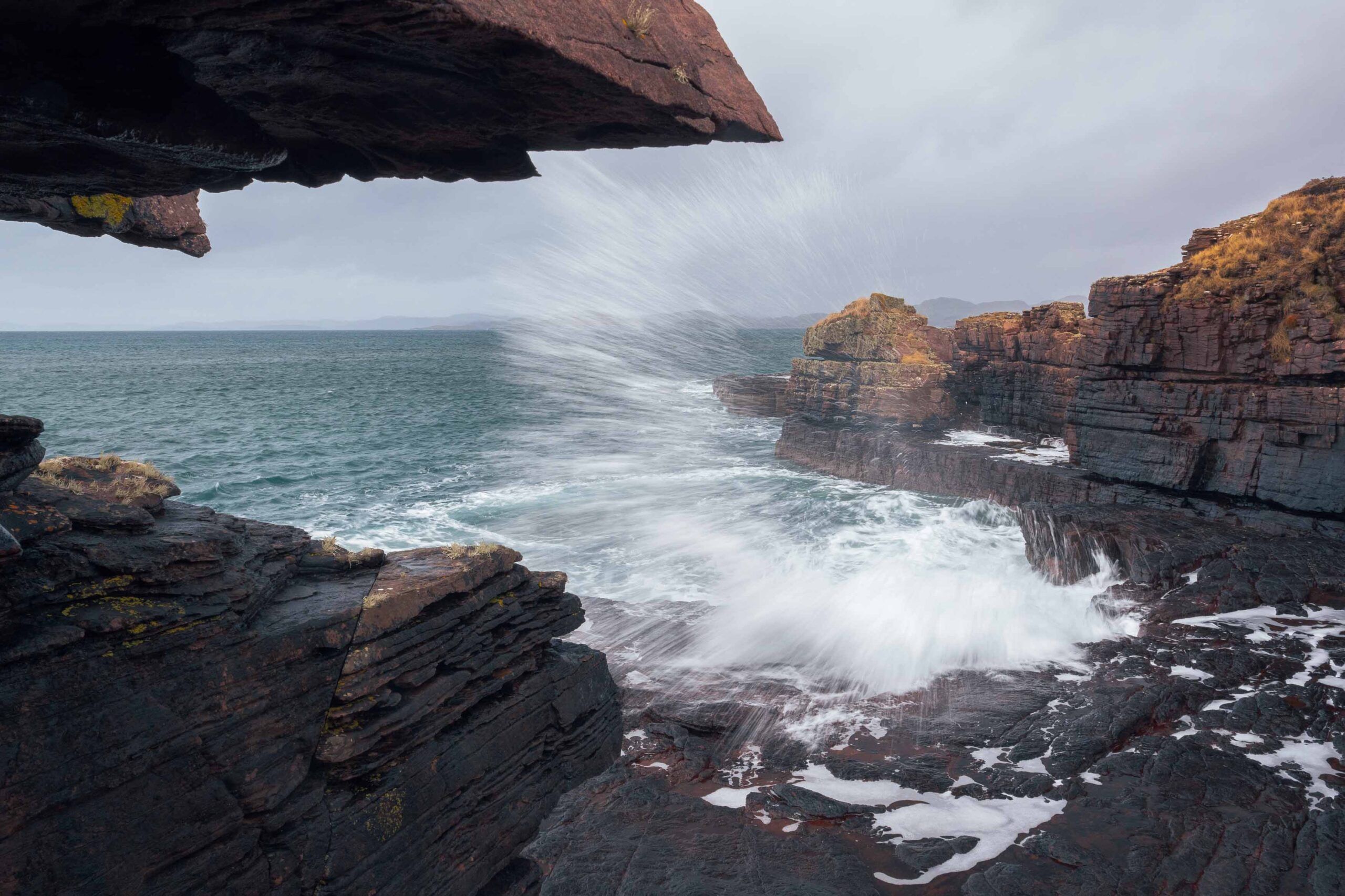
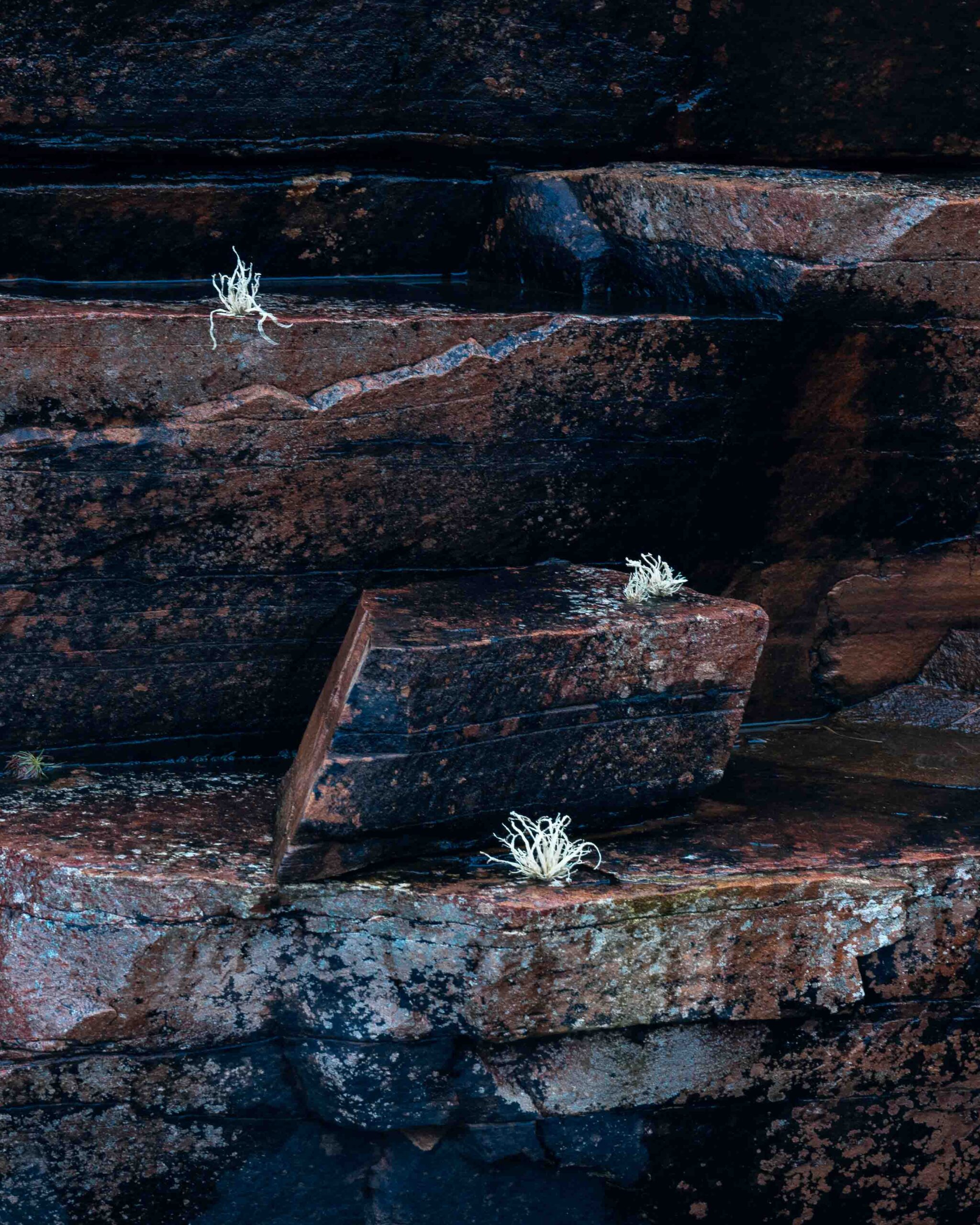
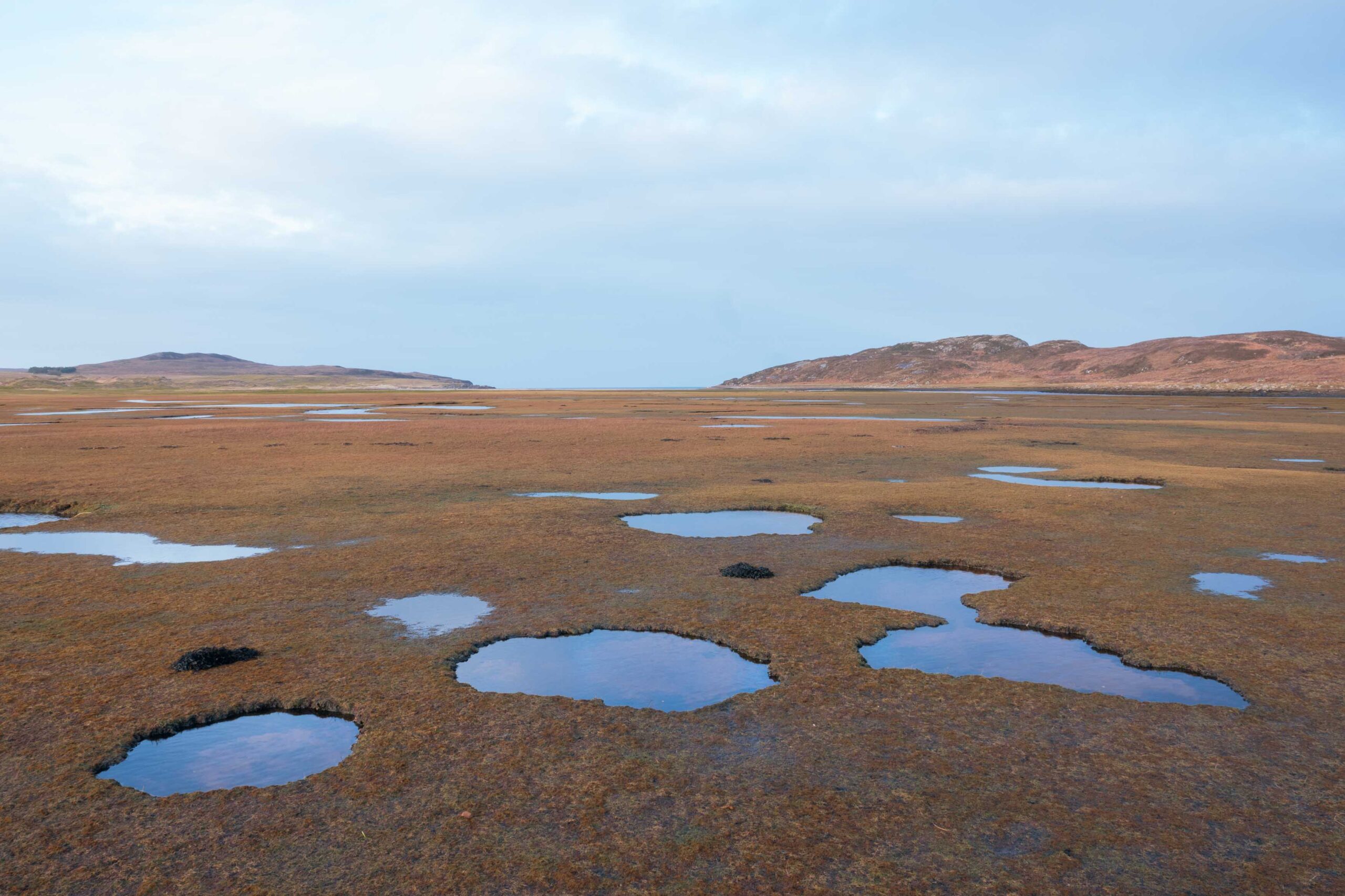
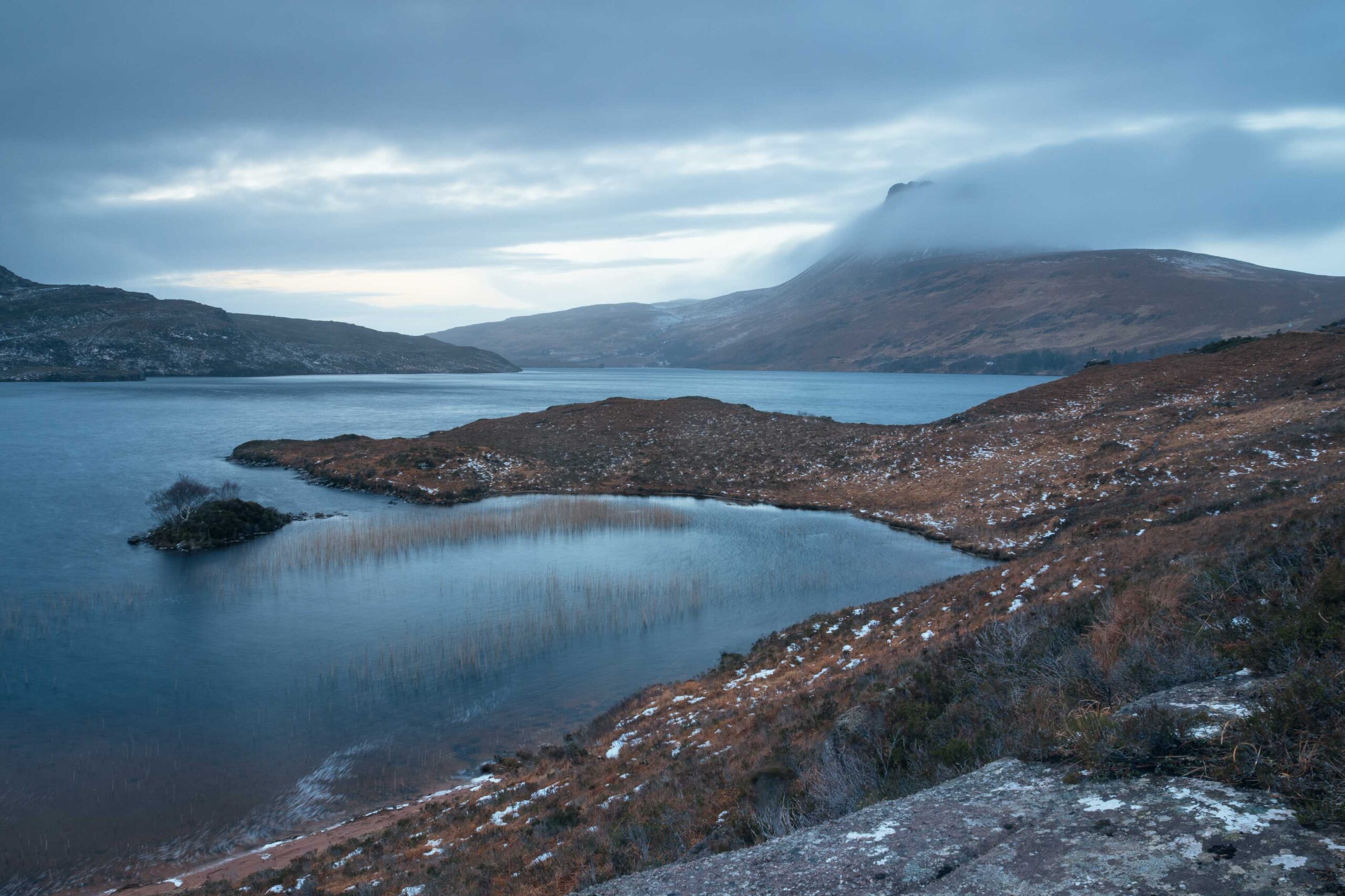
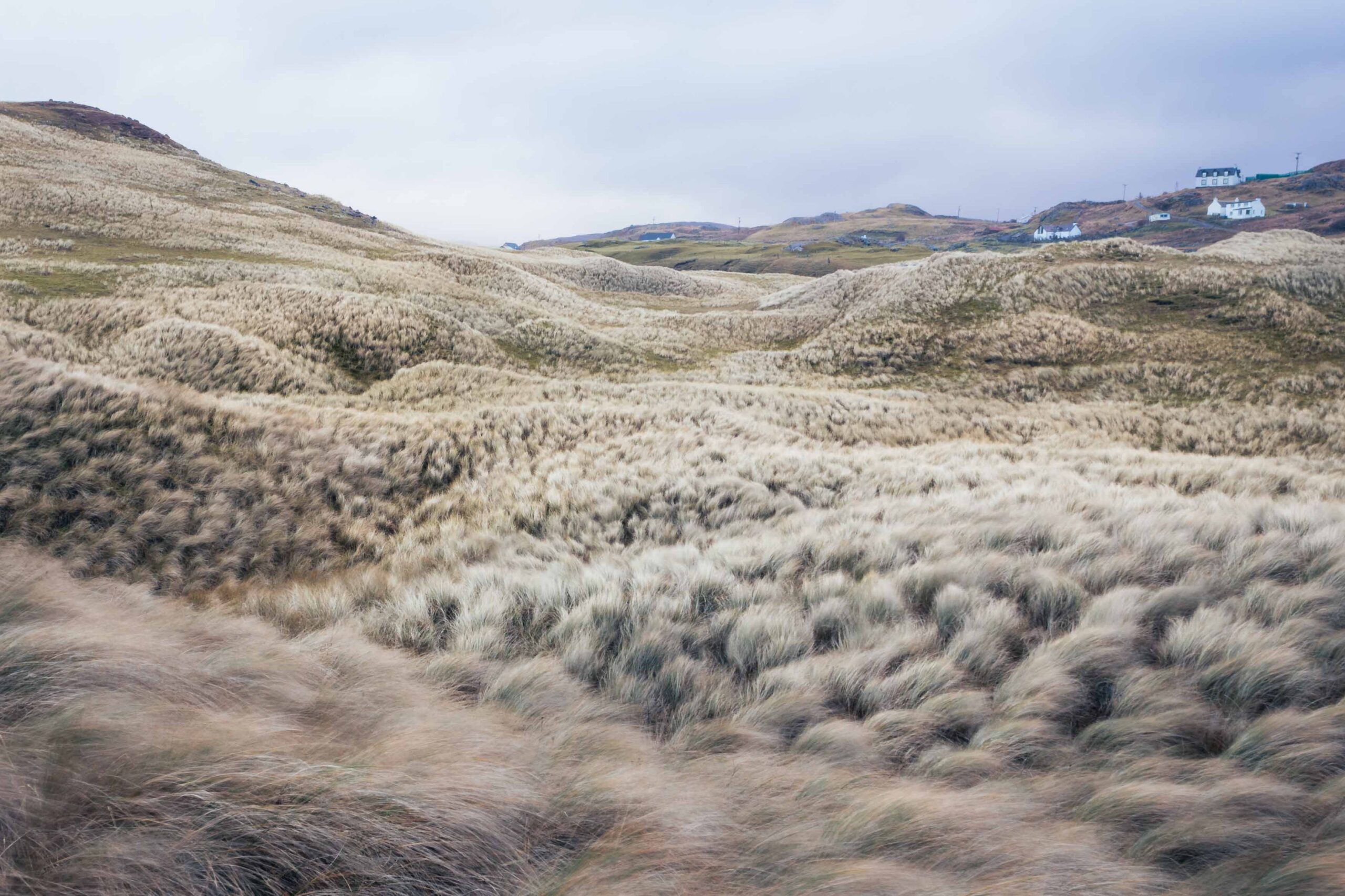
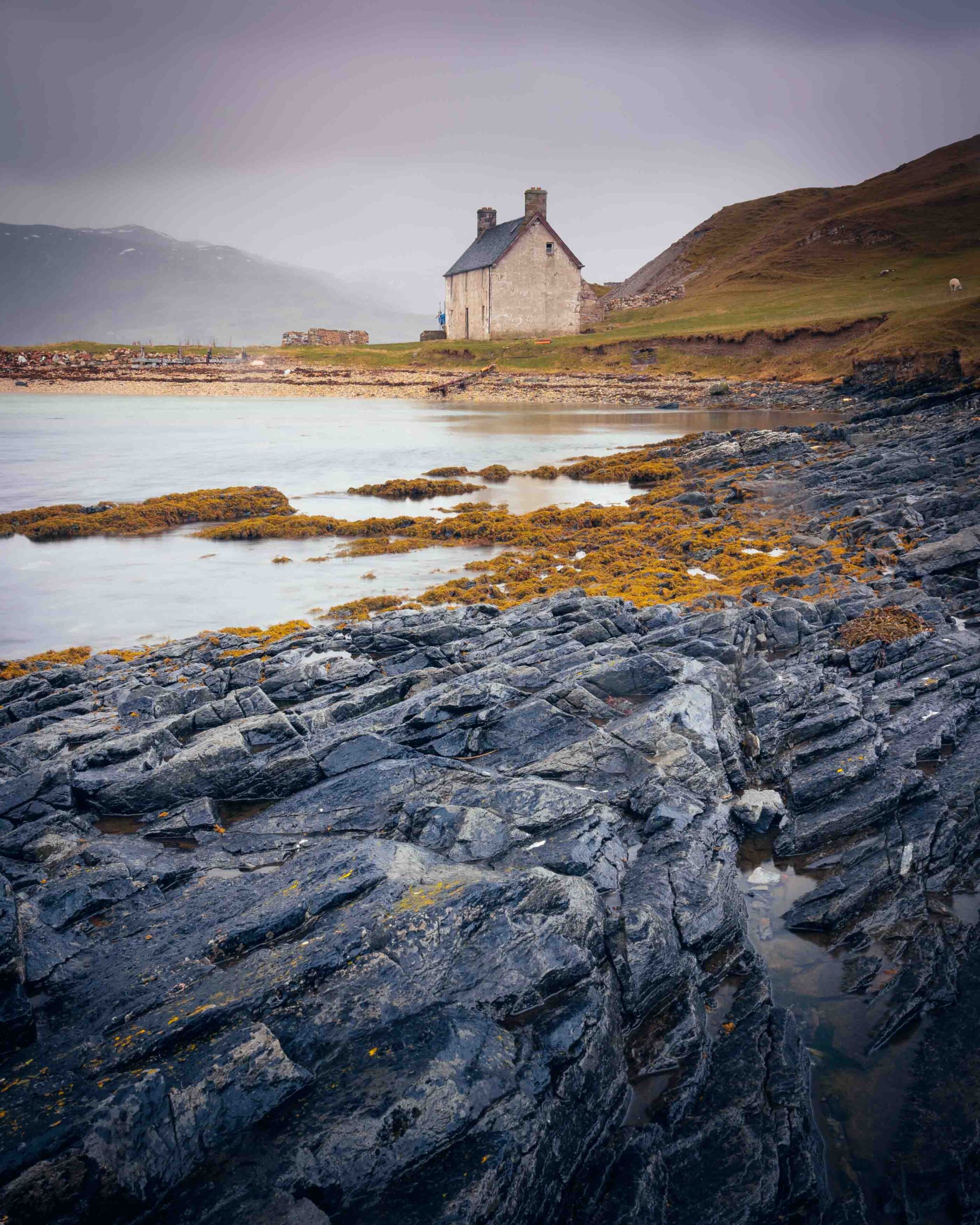
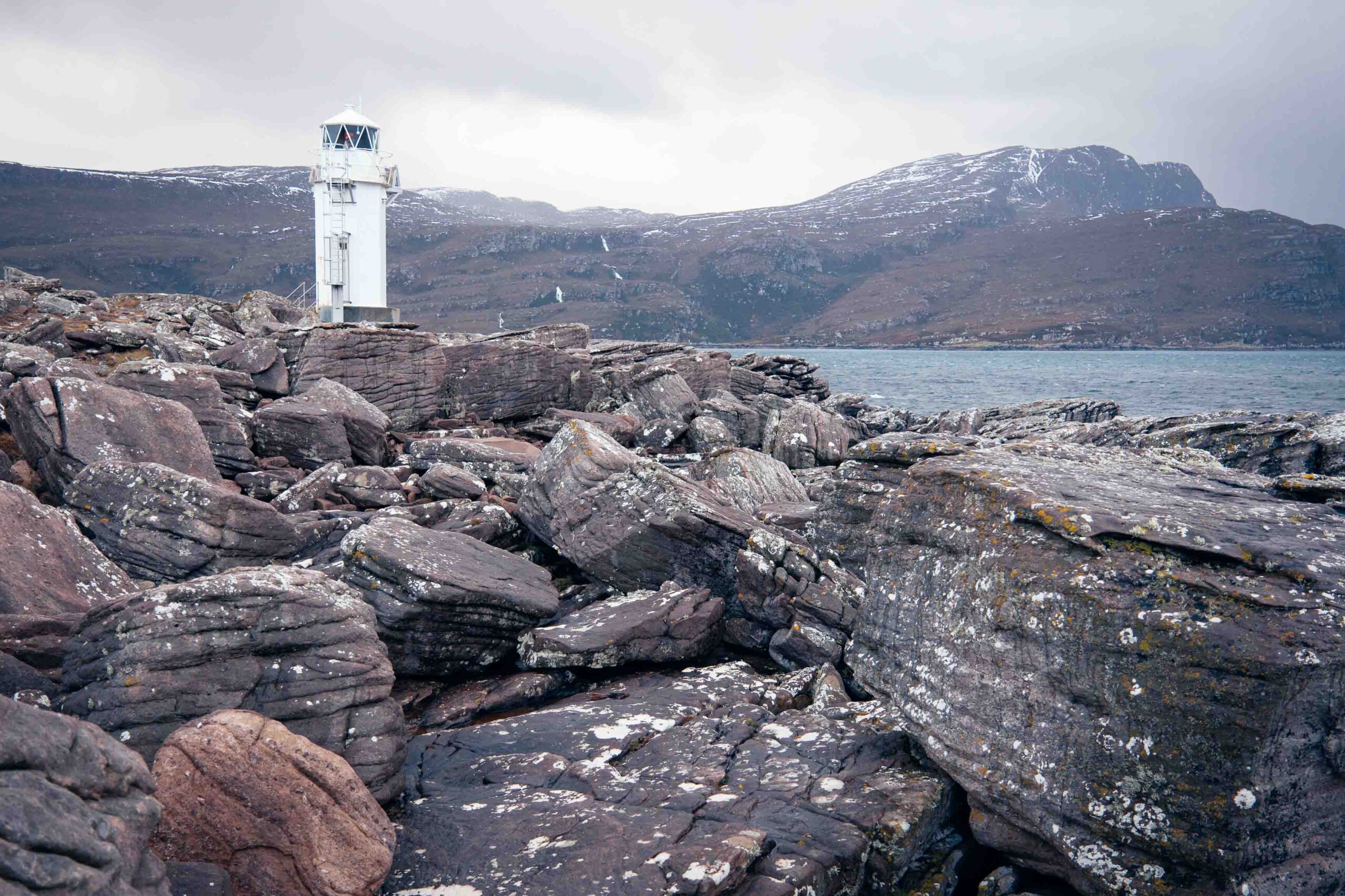
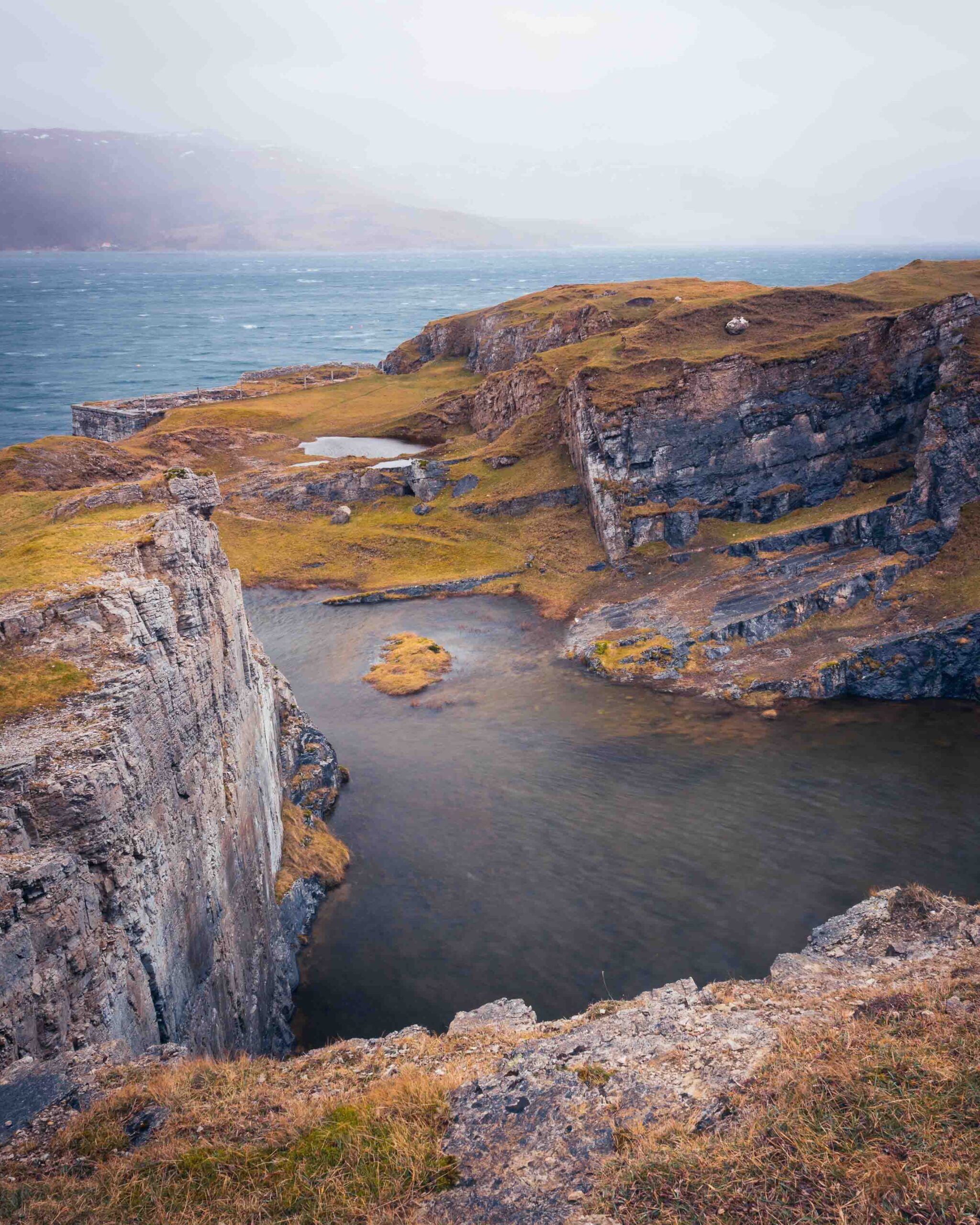
Thanks Andy. This story and set of images have stood out in my mind since you first posted them. I know there are more exciting stories and images to come. I’m very much looking forward to seeing them here.
And thanks for reminding me about this series of posts and for publishing them. I keep eyeing up TL2’s and RX1RII’s on ebay as well these days 🙂
Like Keith, I enjoyed your ‘three little lichen’ photo. It reminded me of one of your Skye photos, that of the blacksmith in his shop (a top fave photo for the year). When I look closely, the anvil is not a featureless black; it has a good deal of texture that adds to the character. And so it is with the rocks in the lichen photo.
If I may go on a bit … I often read ‘you can get a perfect print from a 5 megapixel sensor’. But it misses so much of the texture of concrete objects.
Thanks for these photos!
Thanks so much Kathy. That lichen shot – I was stumbling about trying to find compositions in the grand landscape, while not falling off the rocks into the sea, when I saw it just next to me, almost waving to say “hi, look closer, have an open mind”.
The blacksmith shot is one of my favourites as well. I had such a good time with that shoot. If you’re ever in Skye, look up Fox’s Hollow Blacksmiths and make youself an axe.
When I read you had to work at getting the lighting set up for the Skye at night photos, it dawned at me that you must have spent serious time to get that photo just right.
I’m imagining the blacksmith was quite a character 🙂 Getting that kind of photo seems a bit more than lighting, lens and camera!
Hi Andrew, that was a fun read, and the photos were terrific. The shot of the three ‘lichen things’ was a real winner – incredible concoction of colors, shapes and shadows. I also learned some alternative, slightly more colorful ways of saying ‘nobody can be bothered’ and ‘I am not very good at…’. Cheers! Keith
Thanks Keith, much appreciated. Having an open mind is so essential to “finding” compositions, when in fact they are there in front of you waiting for you to see them.
Thanks! Stac Pollaidh is a very nice climb isn’t it? And the views are stunning from up there.
Thanks Andrew for a wonderful series of images and great article that took me back down memory lane. I went up Stac Pollaidh some 42 years ago. I appreciated your description of the peat bogs with their unique blurp when the soil is soaked with water. The extreme north of Scotland is absolutely stunning provided you get some decent spells of sunshine.